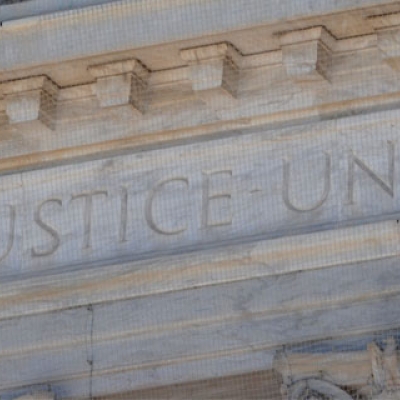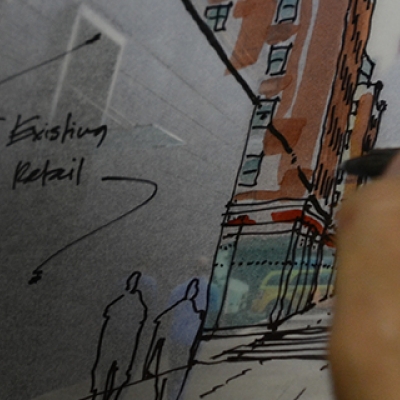
Postcard from Beijing
By Terry Tamminen / On October 22nd, 2008
What do Starbucks and smog have in common? Opportunity.
As I walk around Beijing, the signs of the 2008 Olympics fading into memory, I am struck by the fact that every corner has a Starbucks, not to mention other ubiquitous American iconography — Sizzler, Nike, 7-11, Hummers, and CNN to name a few. I'm also struck by the fact that the smog problem remains untamed, despite efforts pre and post Olympics to reduce pollution from traffic and smokestacks. So why do these two forces — American companies and smog — have anything to do with opportunity?






